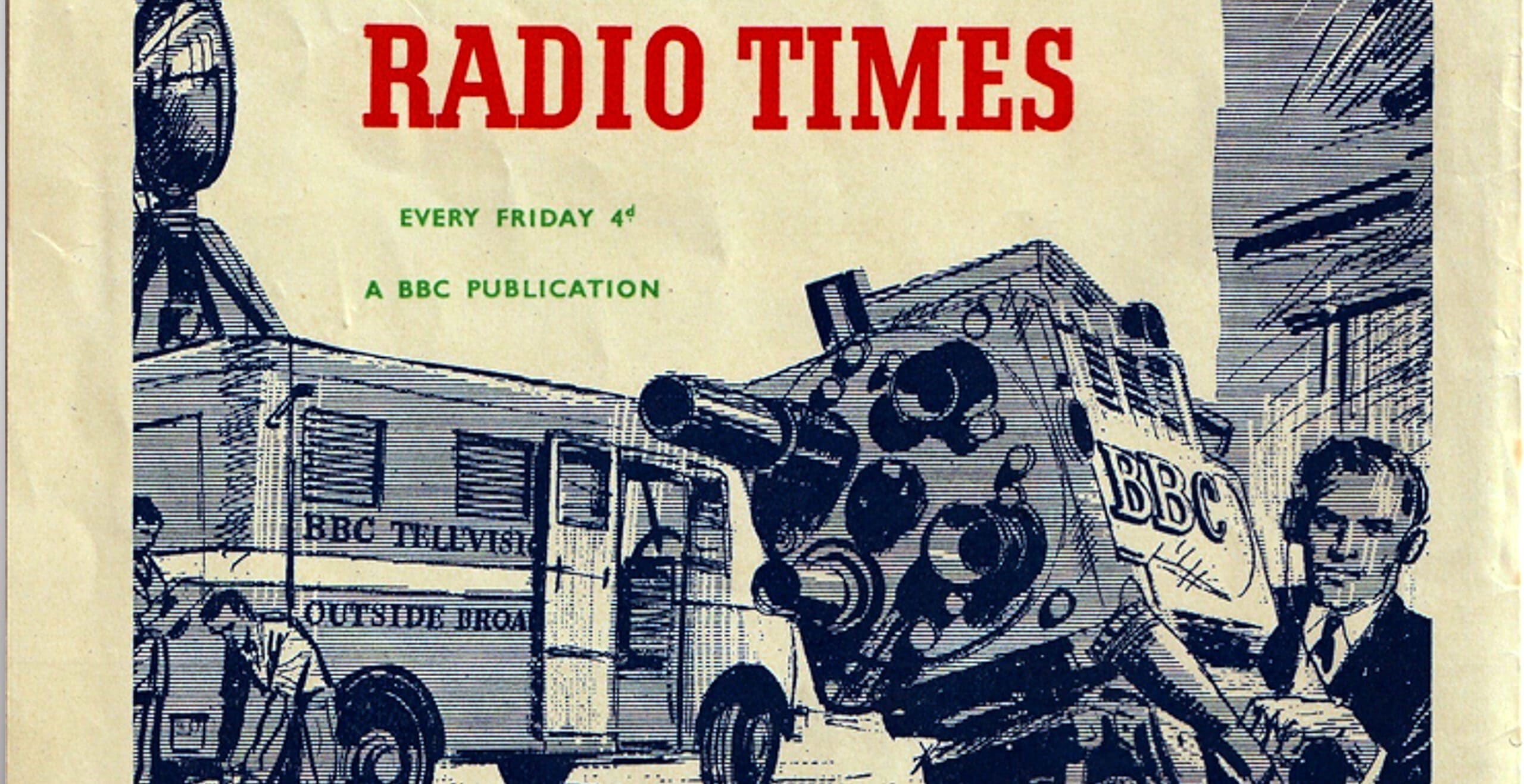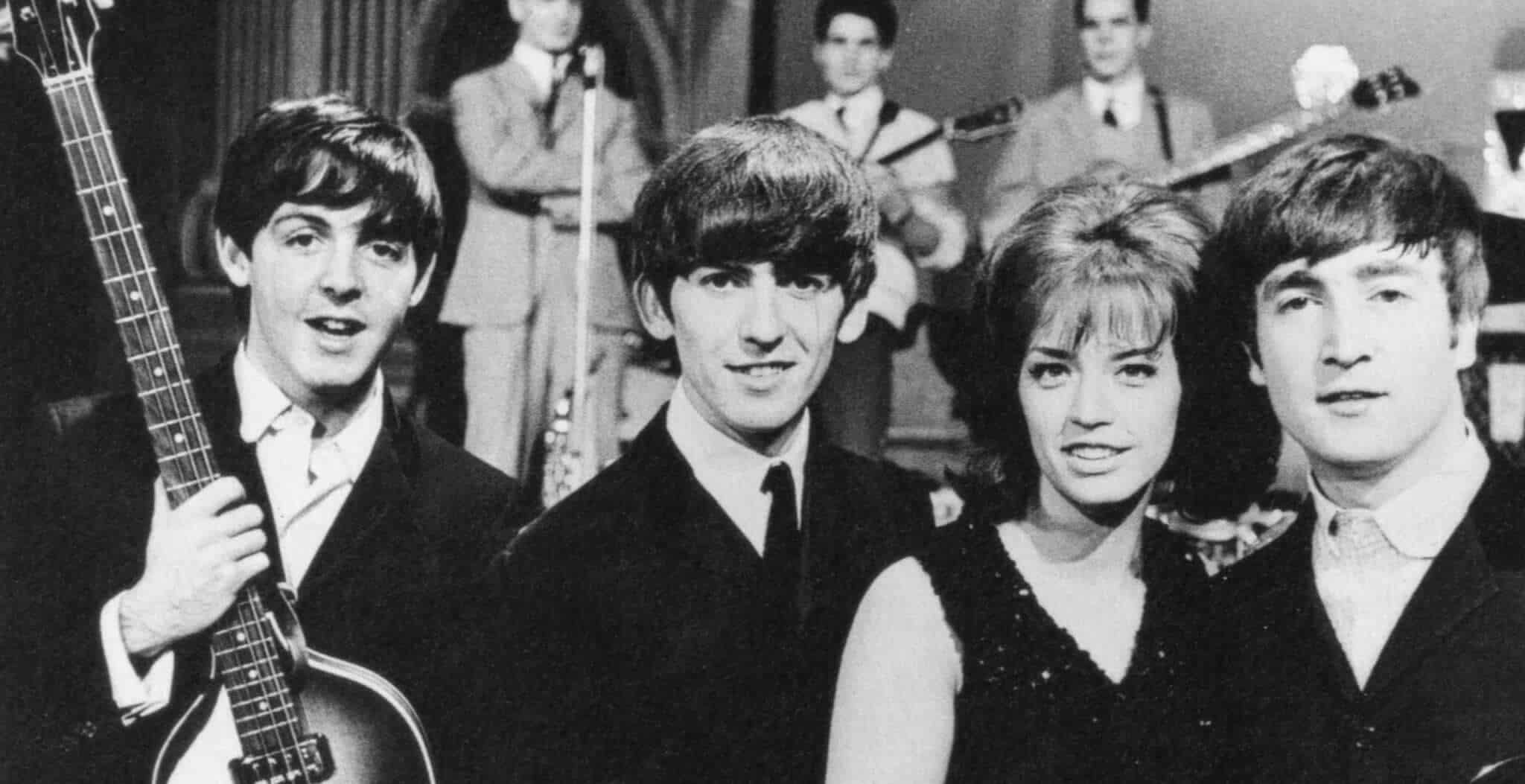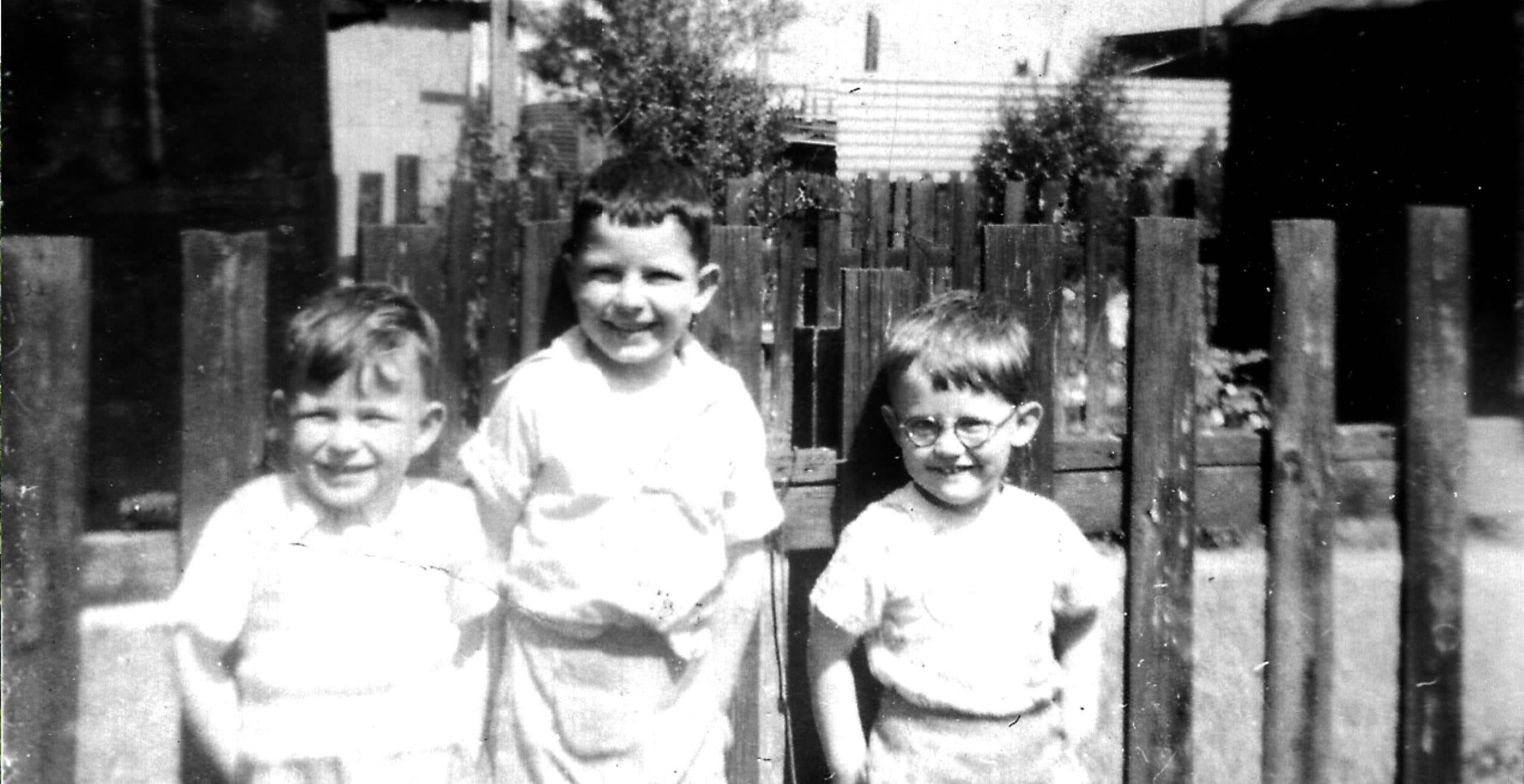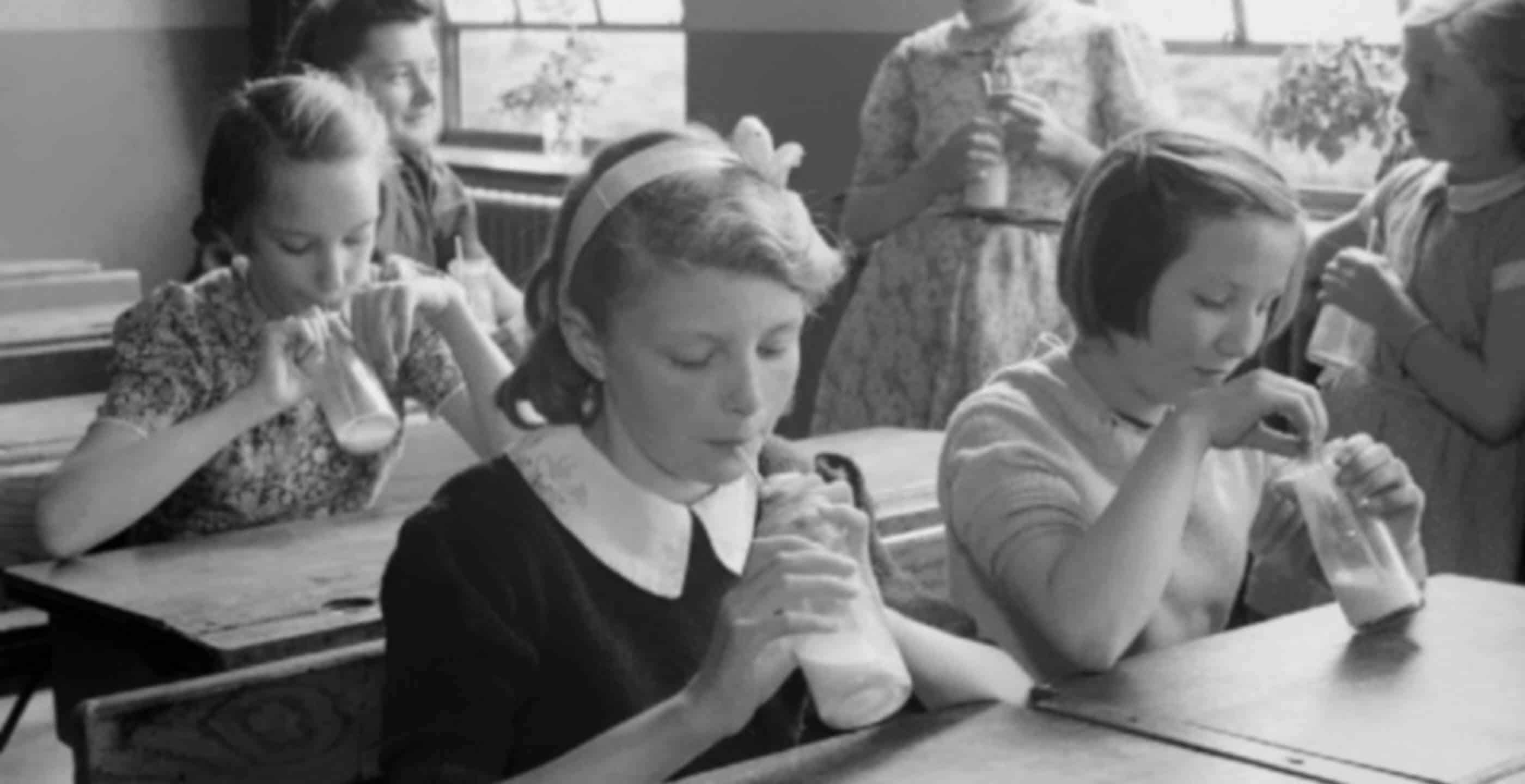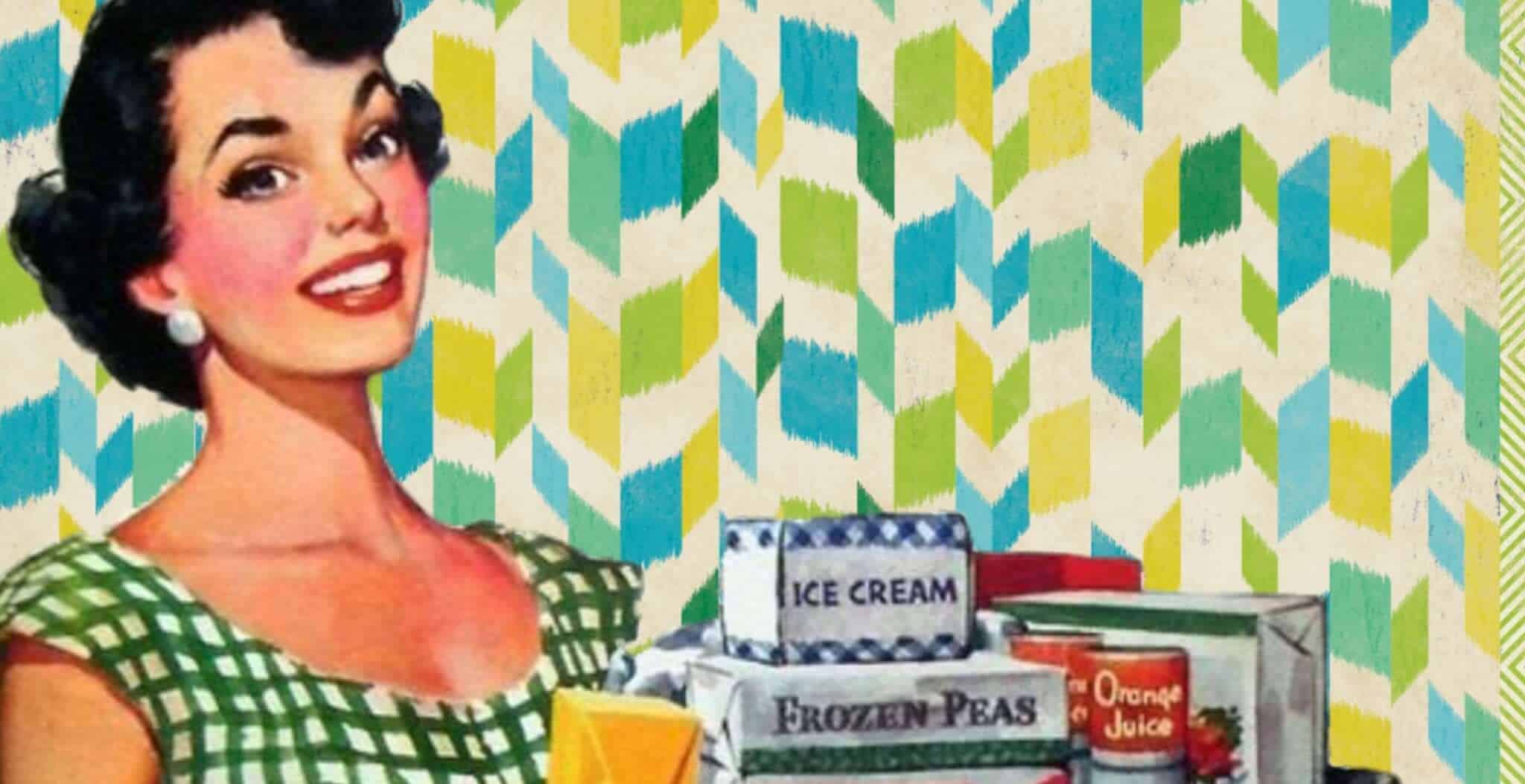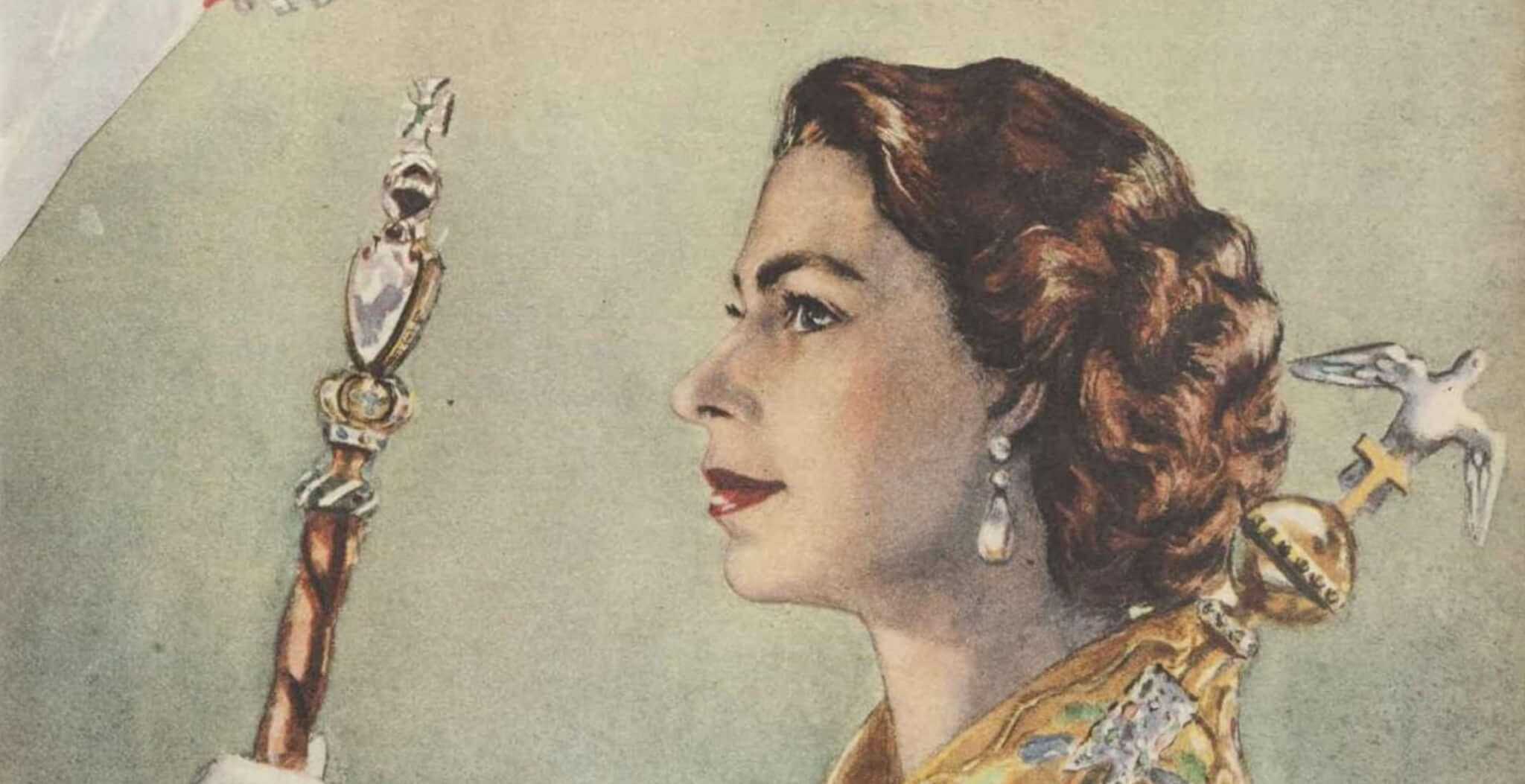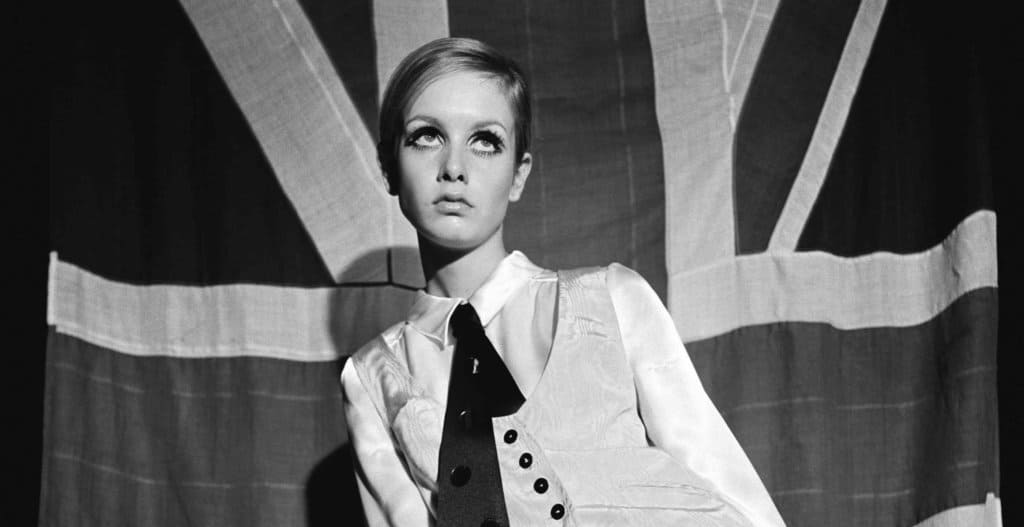Radio Rentals, DER, Rediffusion, Granada, Visionhire, Martin Dawes and Thorn Television Rentals were all well-known names on the 1970s British High Street that have now all but disappeared. At its peak, Radio Rentals alone claimed it had more than two million customers with 500 shops and employed over 6,000 technicians and skilled installers. So, what actually happened to these behemoths of the High Street?
The growth of the BBC Television and ITV after the Second World War encouraged more folk to want TV sets. The Coronation of Queen Elizabeth II, broadcast live on 2 June 1953, was the event that did more than any other to make television the mainstream medium, attracting an audience of more than 20 million to watch the Service.
The trouble was these television (TV) sets were expensive and as they utilised old valve and cathode ray tube technology, they were not very reliable. The solution was to offers these TV sets at a monthly rental price that was much more affordable to the great unwashed UK public.
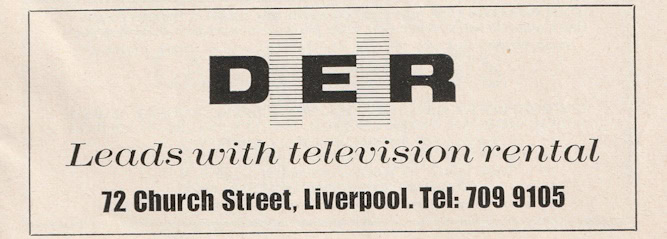
The 1960s were the very height of TV viewing in the UK, as families would gather around their black and white TV sets to watch such classics as Sunday Night at the London Palladium, The Black and White Minstrel Show, The Beverly Hillbillies, Doctor Who, Z Cars, Dad’s Army and of course that famous soap from up-north, Coronation Street. The very first episode of Coronation Street aired on 9 December to great acclaim… The Daily Mirror printed: “The programme is doomed from the outset … For there is little reality in this new serial, which apparently, we have to suffer twice a week.” However, in March 1961, the show reached number one in the television ratings and remained there for the rest of the year. By the mid-1960s, Coronation Street had amassed over 20 million regular viewers.
Although BBC2 had first launched colour broadcasting in July 1967, it was not until its wider launch on BBC1 and ITV on 15 November 1969, that the demand for colour TVs rentals began to increase rapidly. Both the BBC and ITV looked for programmes that would enhance this new medium, which included major sporting events and of course BBC2’s immensely popular Pot Black, a single-frame snooker game in a knockout format. Despite all the efforts of the programmers, black and white sets remained the flavour of the day for most people. By the end of 1969, only 200,000 colour sets were in use in the UK. Colour TV sets would not outnumber black and white sets until 1976… and the following tells the story of how the TV rental companies achieved this dramatic transformation.
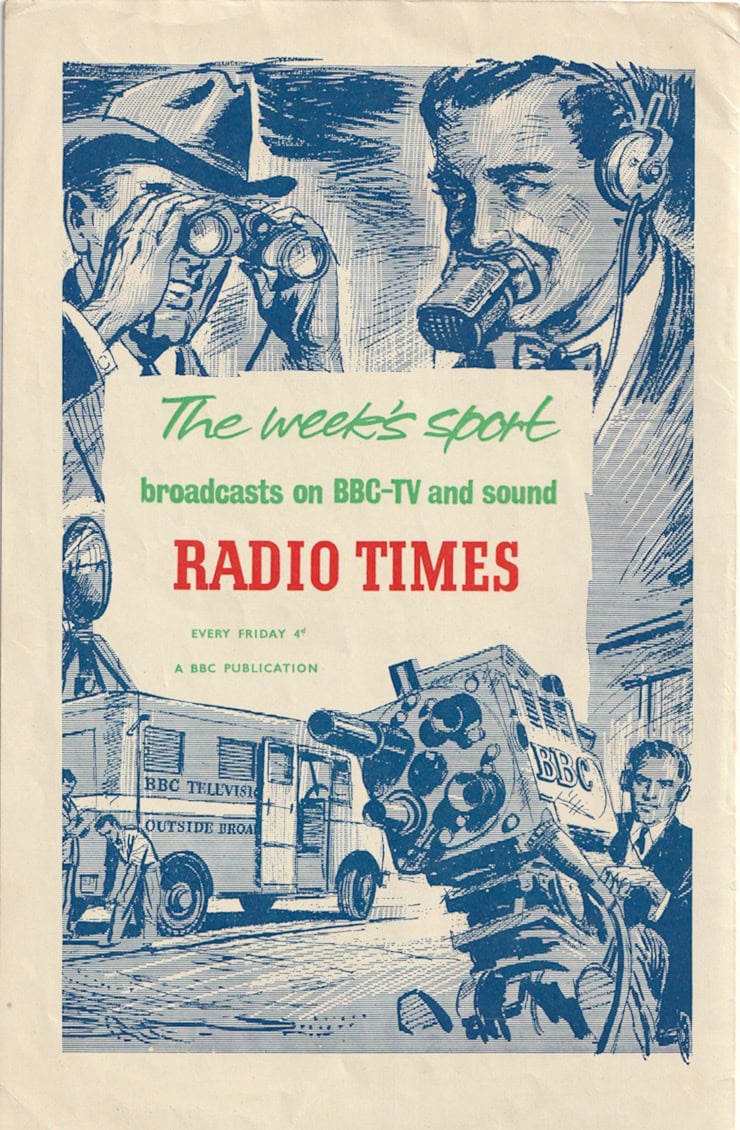
In the 1970s colour TV rental charges were roughly double that of a black and white set at around 25 shillings a week. In addition, colour TV licences cost around £10 per year, twice the price of a standard black and white TV licence. So most folk were generally happy to stay with their old black and white sets, that is until that old black and white TV went on the blink. As mentioned above, with valves and cathode ray tubes technologies those old sets were notoriously very unreliable.
A simple phone call later and your TV rental company van would turn up complete with the TV technician… “Tut, tut, I’m really sorry, but we will have to take your B&W TV back to store to get it mended. But don’t worry I just happen to have a brand-new sparkling colour TV in the back of my van that you can borrow at no extra cost until your set is mended”. “Oh, if we really have to” generally came the reply. No sooner said, that sparkling new colour TV set took pride of place in the family living room.
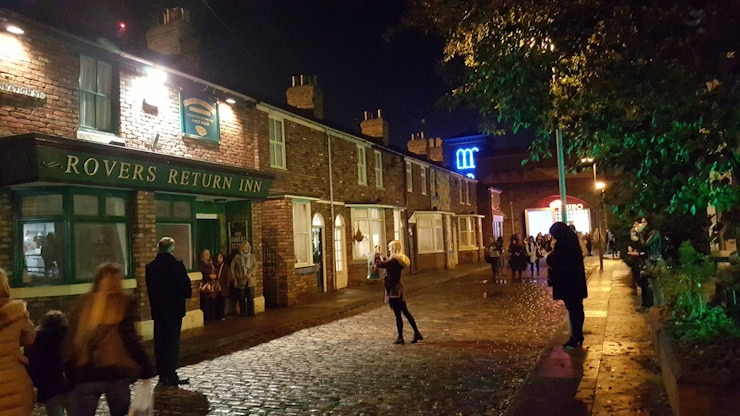
Was it just a coincidence that the TV rental company spent three or four weeks before they finally managed to fix that old black and white set, or was it a deliberate ploy? You see in that intervening period, the family had discovered previously unknown facts, such as in ITV’s Coronation Street, Elsie Tanner’s head was adorned by a wonderful shock of red hair. Also, instead of watching balls of varying hues of grey being struck in Pot Black, you could for the first time distinguish the pink ball from the yellow. Meanwhile the children of the household had been treated to the exploits of the Thunderbird Team on Tracy Island for the first time in full dazzling colour.
“Steve is going for the pink ball – and for those of you who are watching in black and white, the pink is next to the green.” A memorable quote from commentator Ted Lowe on the snooker program ‘Pot Black’ at the time!
And so, when the phone eventually rang to say that your black and white set was now fixed and ready to be returned, what father – despite the increased cost – could deny the wails of his wife and children at the very thought of returning back to those grey old days of yore?
Trevor is a keen historian with a special interest in the 1950s and 60s.
Published: 22nd January 2025.
